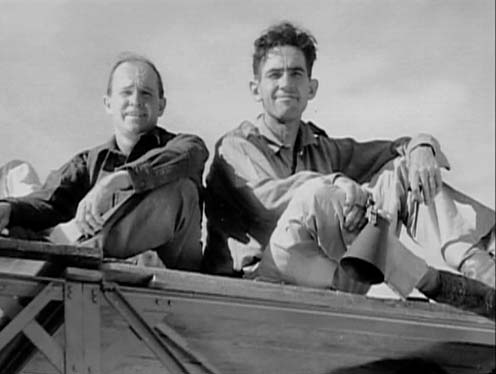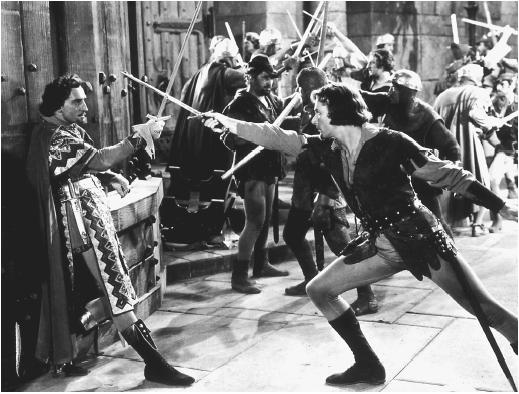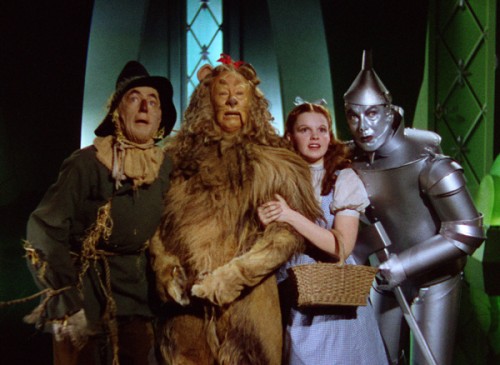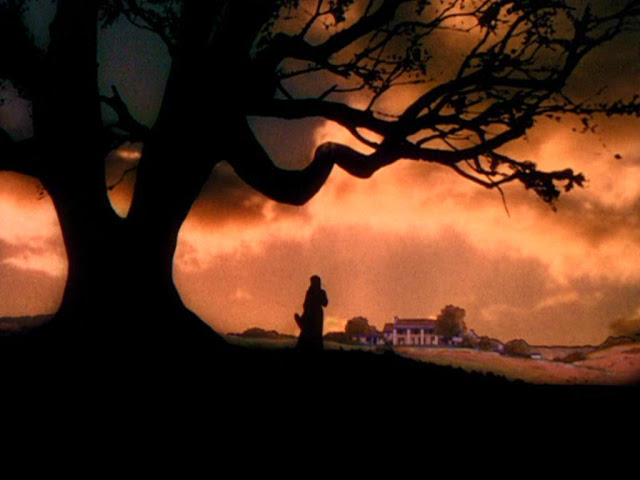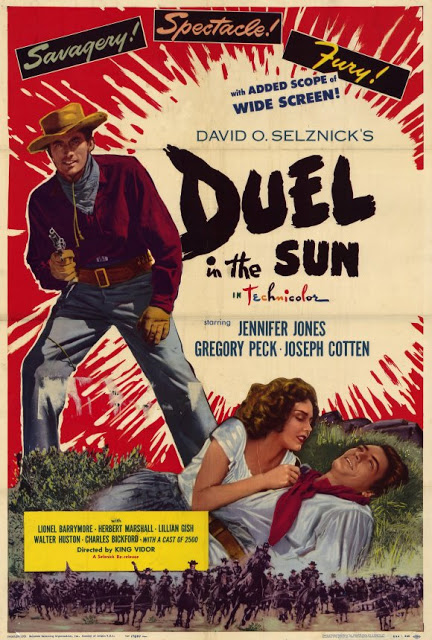Today, the idea of multiple directors working on a film is almost unheard of.
Since the rise of the “auteur theory” in the 1960s, filmmakers have favored the idea of a single, authorial voice behind a film.
Of course, this is often not the case, but popular discussions of the auteur theory usually focus around the idea that the director should be the chief creative force behind a film.
However, there are those rare occasions when a team of directors working on the same film create equally memorable results. Such Hollywood classics as KING KONG (1933) and THE ADVENTURES OF ROBIN HOOD (1938) were the result of collaborations between two directors, and two of Hollywood’s most celebrated films – THE WIZARD OF OZ and GONE WITH THE WIND – were the result of even larger teams of directors.
Looking back at some of the most successful “directing duos” presents an interesting counterexample to the conventional wisdom that has emerged since the auteur theory has really come into prominence.
KING KONG (1933) may be the best example of two directors working in tandem who were perfectly in sync with what they both were trying to achieve. Merian C. Cooper and Ernest B. Schoedsack had actually worked together a couple of times before embarking on the production of KING KONG. Their first collaboration had been the documentary GRASS (1925), shot in Persia, which followed a tribe herding their animals in search of food. Their follow-up doc, CHANG (1927), shot in Thailand, took a similar approach, with exciting wildlife scenes, and they brought their experience in documentary to KING KONG, which was their first dramatic collaboration. This kind of active collaboration between two directors who had worked together on multiple occasions was rare, however. They would follow up the same year with a sequel to their hit film, SON OF KONG (1933), but unfortunately this did not live up to the success of the original.
More typical was the case of THE ADVENTURES OF ROBIN HOOD (1938). Produced by Warner Bros. in 1938, it was an extravagant production. Studio directors Michael Curtiz and William Keighley shared the directing credit, with Curtiz handling the scenes shot on location and Keighley handling the in-studio scenes. In this case, the two directors had come from very different backgrounds. Curtiz had been directing since 1917, while Keighley had a training on the stage. As a result, Keighley thrived in Hollywood after the coming sound. Curtiz had a long career in sound film as well, lasting into the 1960s, and had an interesting visual style that lent itself well to films like THE KENNEL MURDER CASE and CASABLANCA. Presumably, the studio felt that each director would bring the strongest aspects of their background to bear on the film. THE ADVENTURES OF ROBIN HOOD does manage to be that rare film that is both highly literate and action-packed.
This is reflective of the studio system environment in which the film was made. In this case, the “authorial voice” behind the film was the studio itself, and its executives and producers who called the shots. It was the driving force of the Warner Bros. studio that provided the film with its even tone despite having been directed by two different filmmakers.
Some of the biggest Hollywood productions that are best remembered today were actually the result of multiple directors, even though only a single name was credited on-screen. Both GONE WITH THE WIND and THE WIZARD OF OZ, from 1939, were directed by Victor Fleming, but in both cases additional directors handled some of the shooting responsibilities. Parts of GONE WITH THE WIND had been directed by George Cukor before he was replaced by Fleming. In addition, there were multiple second unit directors, including James Fitzpatrick and Reeves Eason. THE WIZARD OF OZ had been partly directed by Richard Thorpe as well as King Vidor.
In the case of THE WIZARD OF OZ, the mighty MGM studios managed to make seamless the work of different directors working on the same film. In the case of GONE WITH THE WIND, the unity of the film was the result of the clear vision on the part of its producer, David O. Selznick. His later production, DUEL IN THE SUN (1946), was crafted at the hands of a similar number of multiple directors, including its officially credited director, King Vidor, along with second unit director Otto Brower, Josef von Sternberg, and even David O. Selznick.
Even though having multiple directors working on the same film has become increasingly rare, it is interesting to look back at some of the best-loved classics from Hollywood’s golden age and to see the way in which studio executives and producers could skillfully weave together such memorable classics out of work directed by two or more people. It’s also an interesting reminder that while the best films do have a strong, unifying vision behind them, that vision has not always historically belonged to the director.





































































































